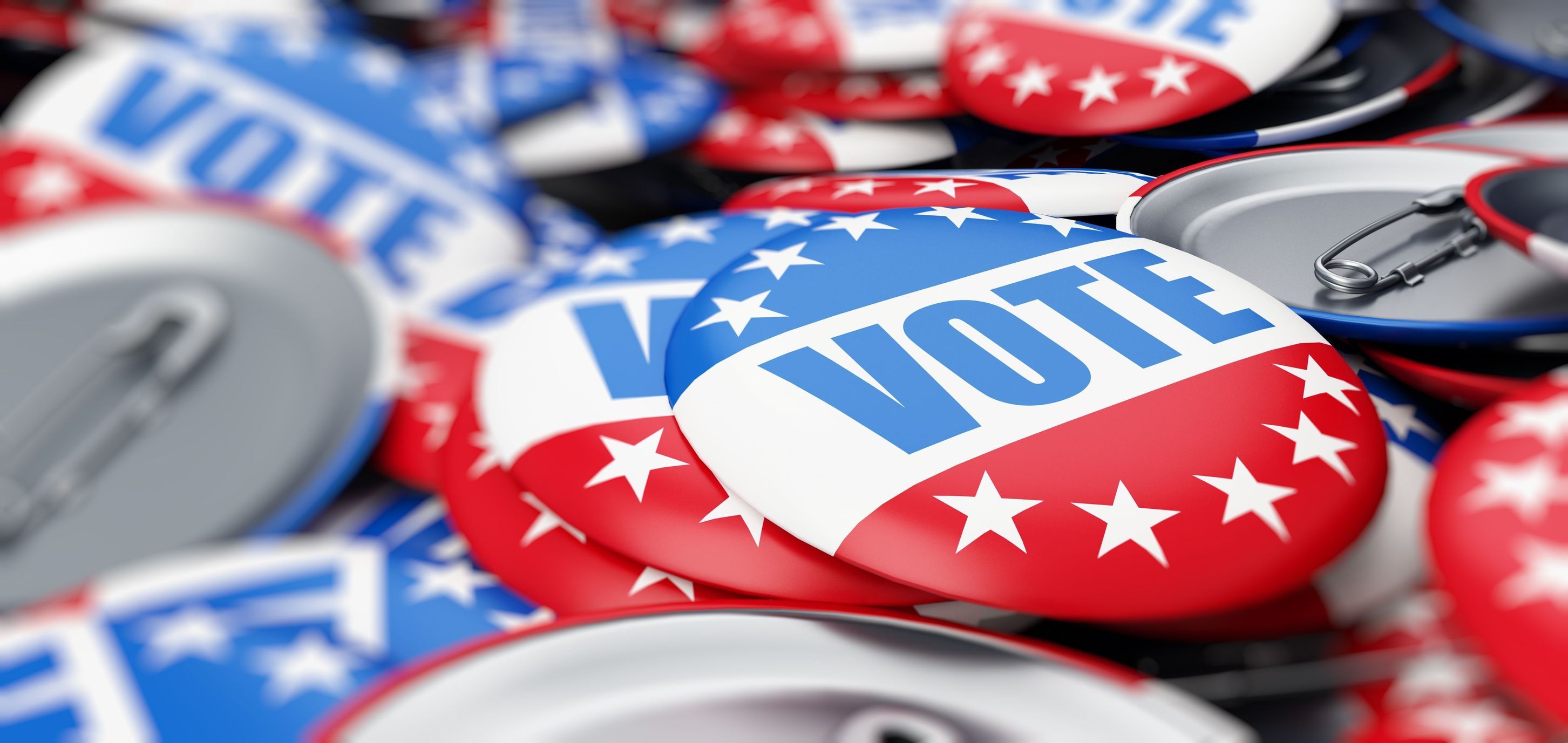
Take charge of the public policy debate
Getty Images/iStockphoto
The first person to define the terms of the debate on public policy usually wins the argument. Use your Lookatmedia™ centre to frame the discussion, with additional articles and resources to add context and substance.
Governments don’t need a consensus on public policy solutions to be successful. With every policy change, there will be winners and losers. The key to effective public policy changes is demonstrating that the changes are for the public good.
The role of the media in promoting public policy solutions
At their best, journalists come to every story with an open mind and no agenda. Unfortunately, that is not always the case. Their readers and viewers often expect journalists to convey information that reflects their current beliefs or reinforce views they have been established from inaccurate information on social media. Even though there are elements of this in the media, there remains a core of journalists who follow the Pulitzer approach of ‘accuracy, accuracy, accuracy’.
Explaining policy decisions to the public
While trust in media has taken a hit in recent years, it still ranks above trust in government in most countries. The media is still (and will remain) a trusted, reliable, and independent source of information from the public and an essential partner for government. Government policy changes are most successfully implemented when they have broad public support. The media is one of the most effective ways to generate that support. By working more closely with the media and providing a more comprehensive range of resources to help explain (in words, images, video, and audio) the necessity and benefits of these policy changes, you have a better chance at success.
The next media cycle
Journalists are always working toward a deadline. It may be a social post in the next five minutes, or it could be a well-researched piece that takes months. To meet these deadlines, they need 24/7/365 days a year access to storyline ideas, back story content and the images and video to illustrate them. Lookatmedia™ centre is designed with this purpose in mind. It provides low-friction, no-touch access to all the resources a journalist needs to create everything from a social post to an ‘in public interested’ or ‘human interest' story in the same media ecosystem. What’s more, it also allows journalists and media representatives easy, instant, and trackable access to pre-approved libraries of images and video.
It’s about time
Digital Storytelling Collective
Education campaign concept created for the Victorian government to demonstrate the benefits of adherence to COVID restriction guidelines create by Digital Storytelling Collective.
It’s about time
Digital Storytelling Collective
Education campaign concept created for the Victorian government to demonstrate the benefits of adherence to COVID restriction guidelines create by Digital Storytelling Collective.

The wider story
Getty Images/iStockphoto
Lookatmedia™ provides an environment where your PR team can provide a wider context around the issues that drive public policy decisions. It also allows you to add visuals to media friendly content increasing uptake.

The wider story
Getty Images/iStockphoto
Lookatmedia™ provides an environment where your PR team can provide a wider context around the issues that drive public policy decisions. It also allows you to add visuals to media friendly content increasing uptake.
Explain your policy changes your own way
Policy changes may be introduced in a sound bite, but they cannot be explained in the same way. Your new policy changes have a context, they didn't just spring forth from nothing. They have been researched and considered. They have been reviewed by experts, special interest groups and other stakeholders. Demonstrating why you have (or intend) to make a policy change requires a more nuanced conversation, and that conversation starts in your Lookatmedia™ centre. Publish newsworthy content on your Lookatmedia™ centre about your policy changes. Illustrate it with facts, stats, charts, graphics, images, videos, and audio files. Create a context and answer many of the questions the media and the public may have. Use this content to get journalists up to speed before there's a discussion or interview. Create an environment where you have a more informed media and, in turn, a more informed public.








